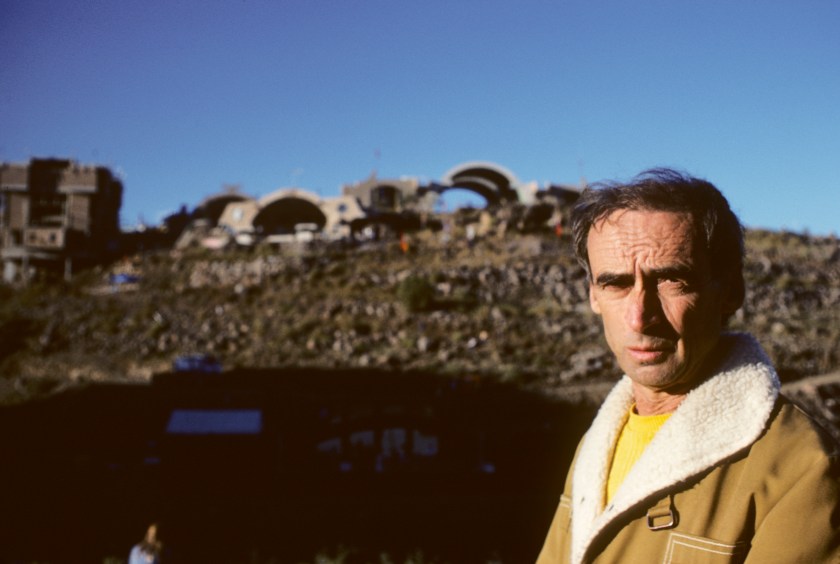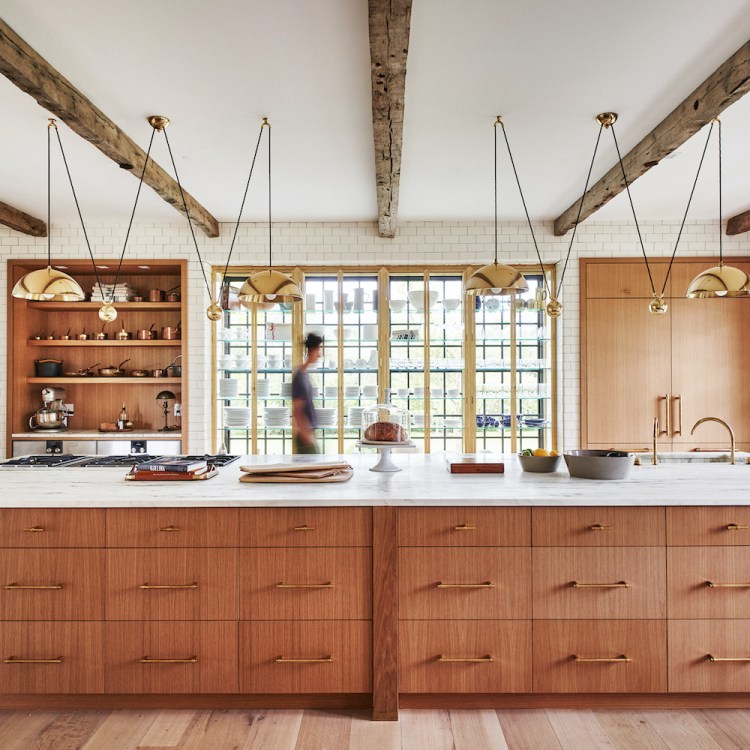In the 1970s, hippie communes sprung up around the world, promising to improve on some aspect of their citizens’ lives. And while many did that in some capacity, only one, Arcosanti, also did it aesthetically.
Architect Paolo Soleri designed Arcosanti on the principles of arcology (a mashup of the words “architecture” and “ecology”), a field focused on sustainable building solutions for high concentrations of people. Although it failed to account for population growth, Frank Lloyd Wright’s master city design, known as “Broadacre City,” was considered Soleri’s main source of inspiration.

Soleri bought land in central Arizona in the ’50s, and, 20 years later, began construction on Arcosanti. The 25-acre town is an experiment in social planning as much as it is the essence of arcology. Sitting on a 1,640-acre land preserve, Arcosanti is still home to 80 year-round residents. The Atlantic recently visited Arcosanti to take a look at how the experiment was doing almost 50 years later. Find out in the video below.
This article was featured in the InsideHook newsletter. Sign up now.






















